Many people used to think that the concubines in the magnificent royal palace lived in luxury and wealth. However, behind that splendor were dangers that were always ready to strike at any time. The custom of burying the dead was one of the most terrifying things for the concubines in the feudal era.
The Phi Tan was buried with the king.
Sohu recently posted a photo of many skeletons lying in very strange positions in the mausoleum of Qin Shi Huang (Xi'an City, Shaanxi Province, China), causing a stir among many people. Their limbs could not be stretched out like other corpses. After DNA testing, scientists discovered that they were all women. Who were they and why did their bones have such a special feature?
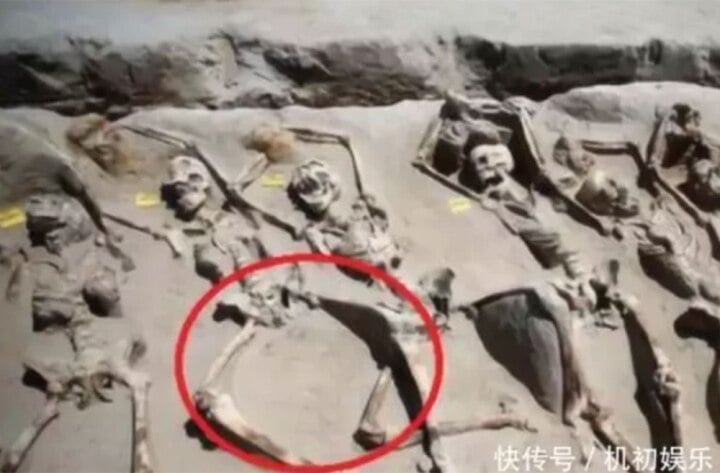
The remains found in the tomb of Qin Shi Huang were all in very strange positions. (Photo: Sohu)
Archaeologists determined that these were the remains of concubines who were buried with the Qin emperor. During his lifetime, every time he defeated a small country, Qin Shi Huang would bring the beauties of that country back to the palace. After Qin Shi Huang died, these concubines and beauties were forced to be buried with him.
Describing the tragic situation of the concubine who had to be buried with Qin Shi Huang, Sima Qian's Records of the Grand Historian wrote: "The cry shook heaven and earth, and anyone who accidentally heard it was scared out of their wits."
The concubines were brought into the tombs while still alive. They had no choice but to cry, suffer, and eventually die from lack of oxygen. Therefore, their corpses after death were in very strange positions, or their limbs could not be closed or stretched out as usual.
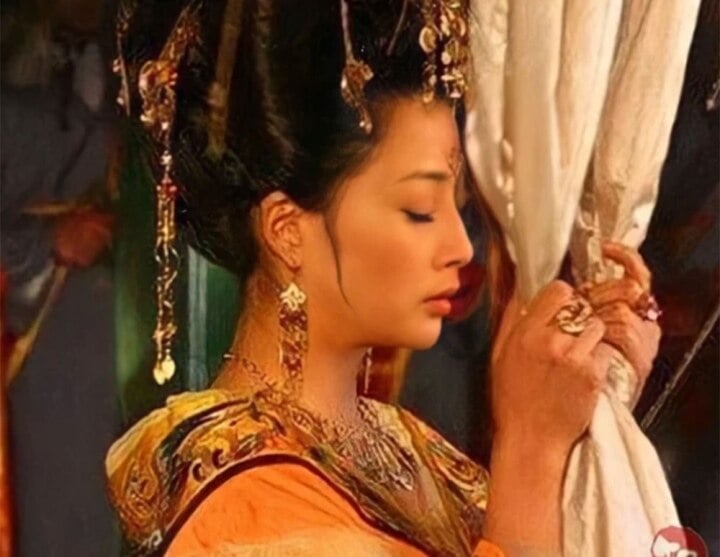
Emperor Zhu Yuanzhang left a will ordering his 46 concubines to be buried with him. (Illustration: Sohu)
The horror of the custom of martyrdom was also shown in the funeral of Emperor Zhu Yuanzhang. According to historical records, in 1398, Emperor Zhu Yuanzhang passed away and his descendant Zhu Yunwen succeeded him.
According to the late emperor's will, Zhu Yunwen ordered all 46 concubines who had never given birth to be buried with the founder of the Ming Dynasty, Zhu Yuanzhang. The order caused chaos in the imperial court. The sound of wailing and lamentation echoed everywhere.
The concubines on this list of those to be buried were brought into a common room, where a "grand tutor's chair" was placed, on which a 7-inch (1.3 m) long rope was hung for self-hanging.
Why is there a custom of cremation?
According to ancient beliefs, the burial ritual helps the deceased have companions and care in the "other world ".
The custom of martyrdom appeared during the Zhou Dynasty. This custom was usually reserved for the highest class - kings. Those chosen to be martyred included: concubines, close servants, slaves... Even the builders of tombs for kings could receive a similar fate in order to keep the resting place a secret forever.
After the king passed away, among the concubines, the queen was appointed as the queen mother, the concubines who had children were not buried. The concubines who had no status or were chosen by the king were all buried.
According to history books, the custom of burying the dead took many forms: burying alive, poisoning, hanging before burial... the most barbaric was pouring mercury.
The ancient Chinese believed that mercury would prevent the body from rotting and keep its shape intact after burial. If this method was chosen, the chosen concubines would be taken to a room and given tea laced with anesthetic. After they passed out, a cross would be carved on the top of their heads, then mercury would be poured into the cut and sewn up. This amount of mercury would seep into their bodies and cause them to die from poisoning.
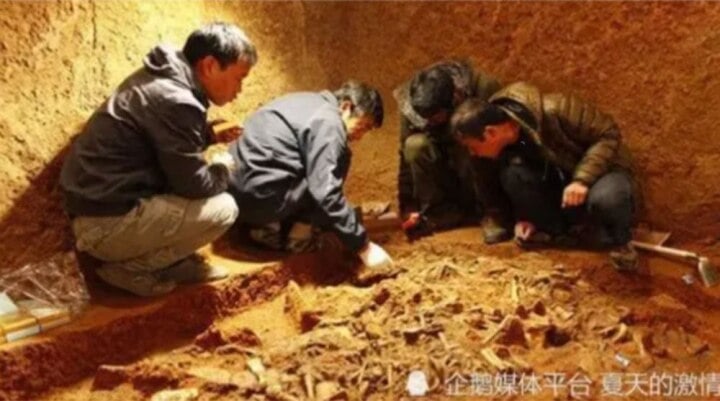
Archaeologists have found much evidence of this terrifying burial custom in ancient tombs. (Photo: Sohu)
In addition, there is another special burial method: drugging and tying the chosen person's hands and feet, bending them into certain positions, then burying them alive.
No matter how the custom of euthanasia was carried out, it can be seen that the most inhumane and cruel thing in Chinese history, the fate of women in the feudal system was so small and pitiful.
Quoc Thai (Source: Sohu)
Useful
Emotion
Creative
Unique
Wrath
Source







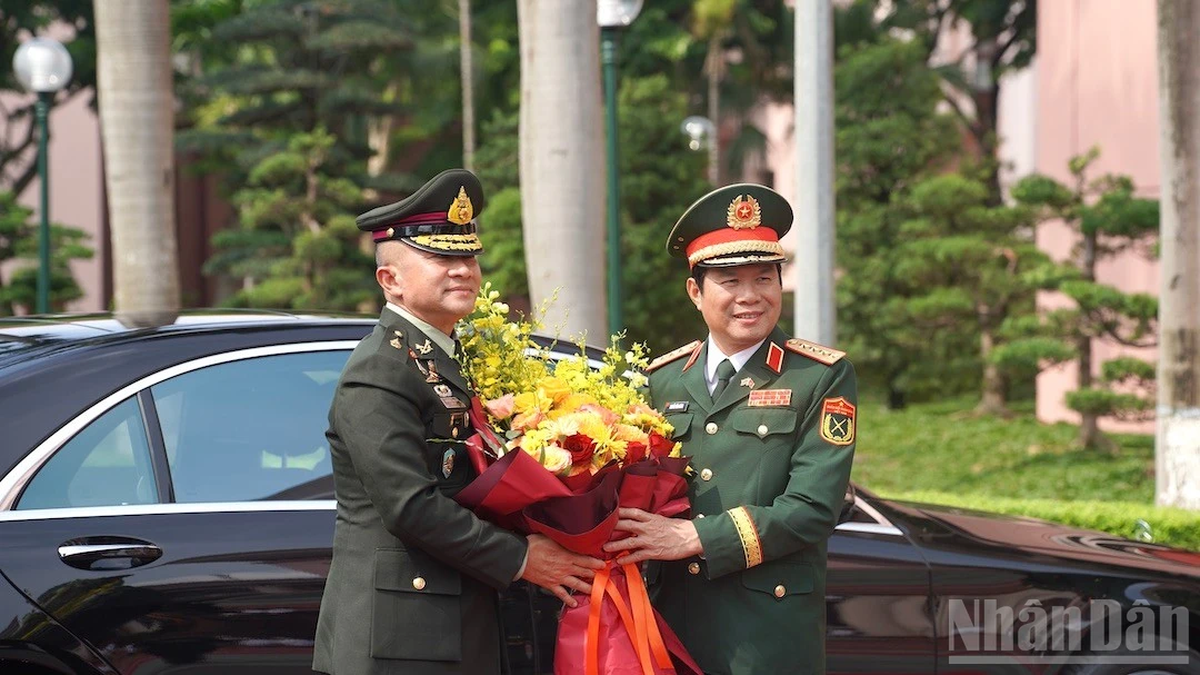





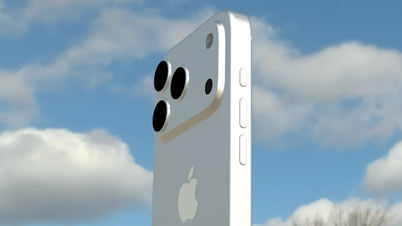

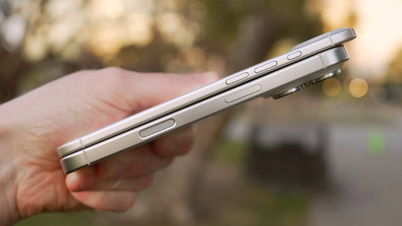














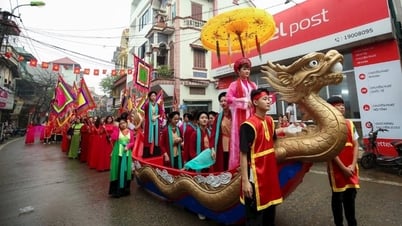

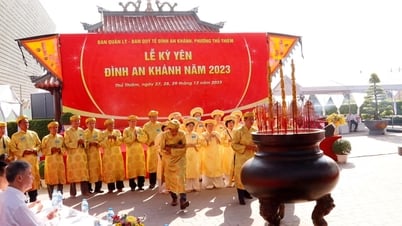

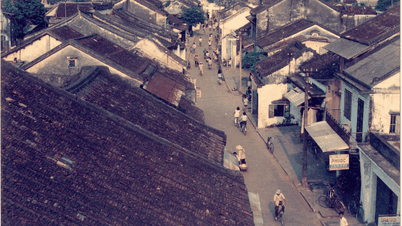
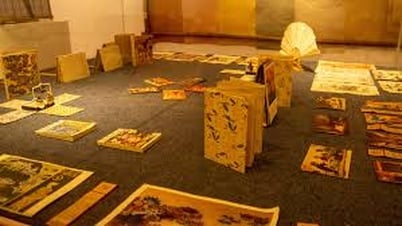
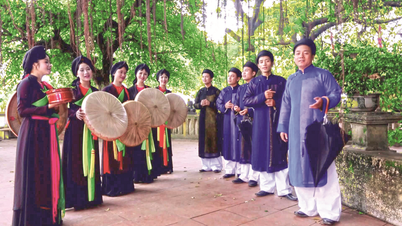



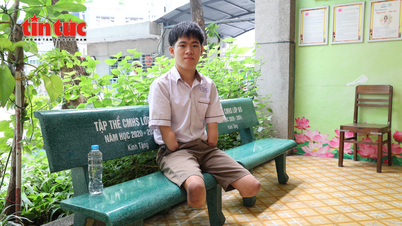

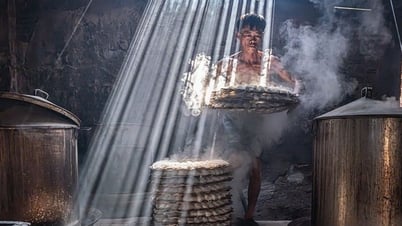





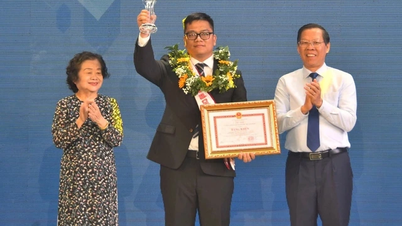





























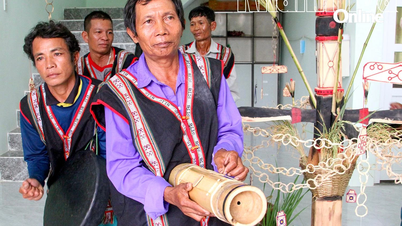






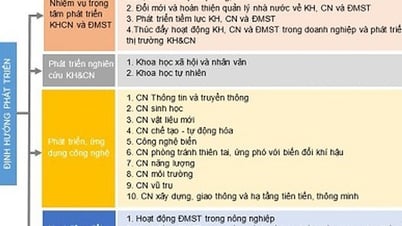






Comment (0)